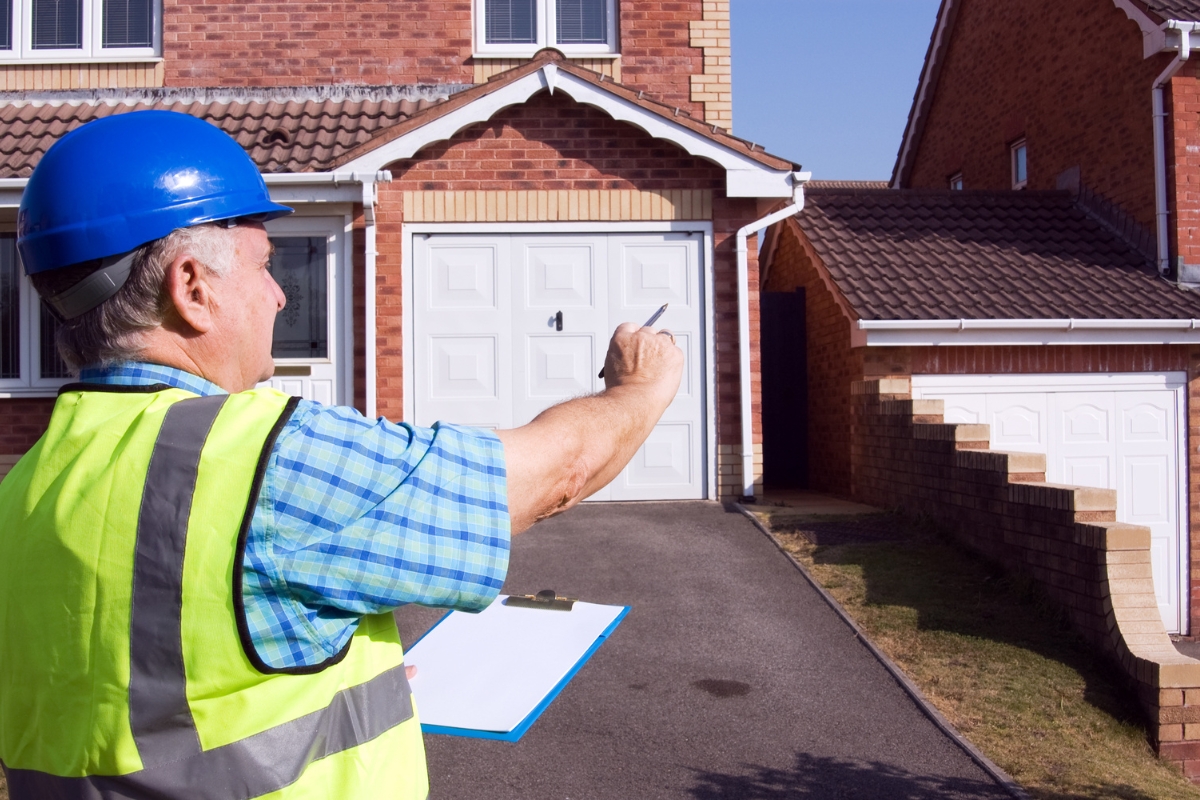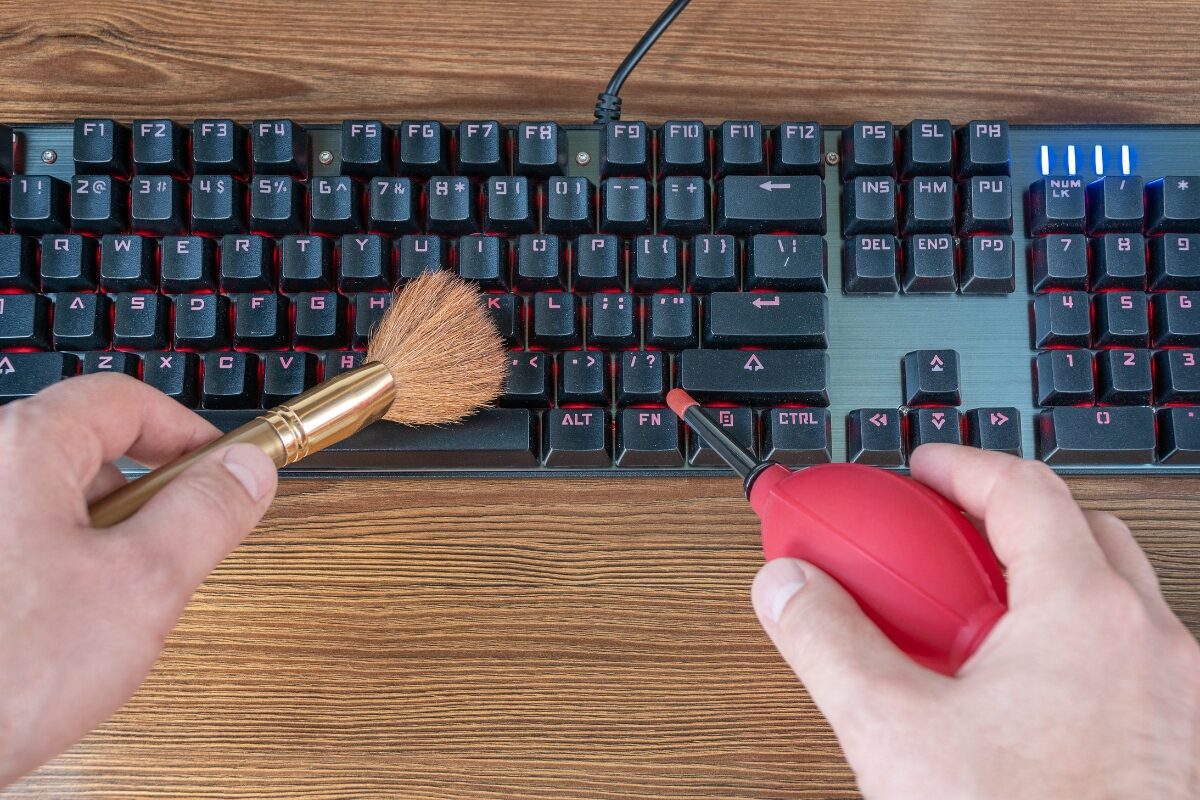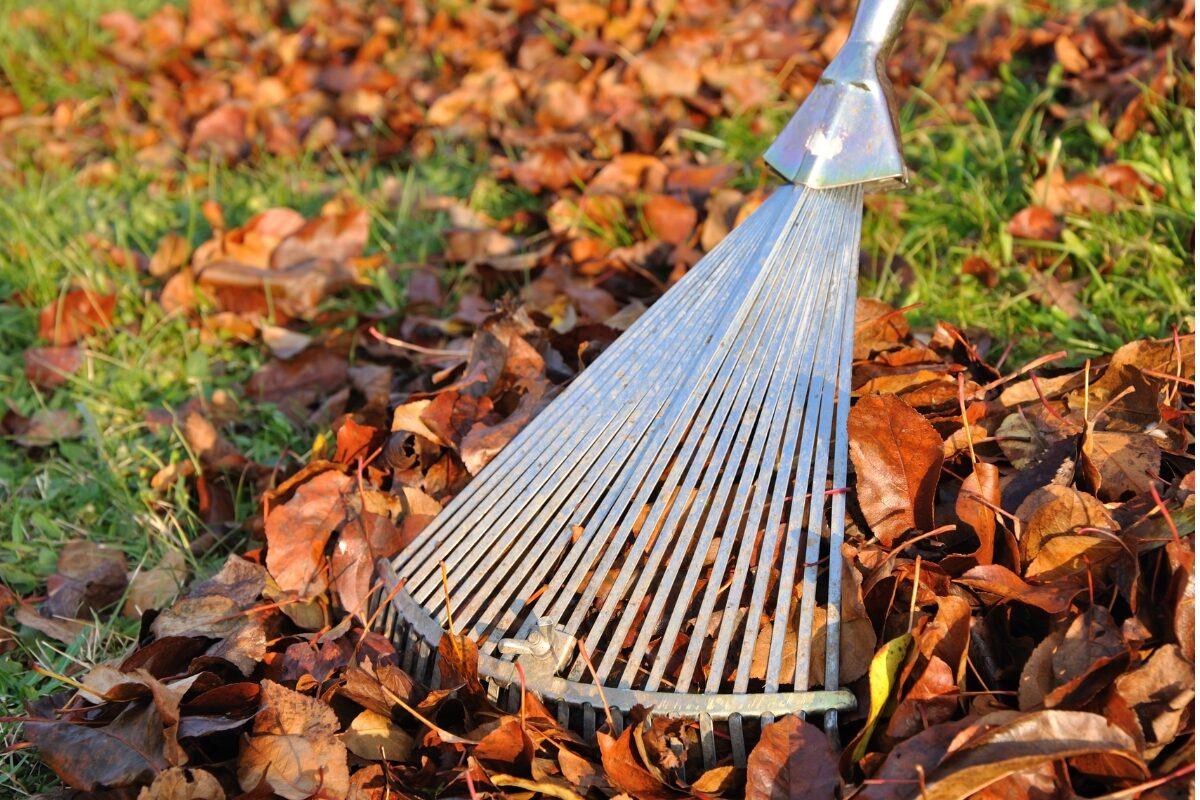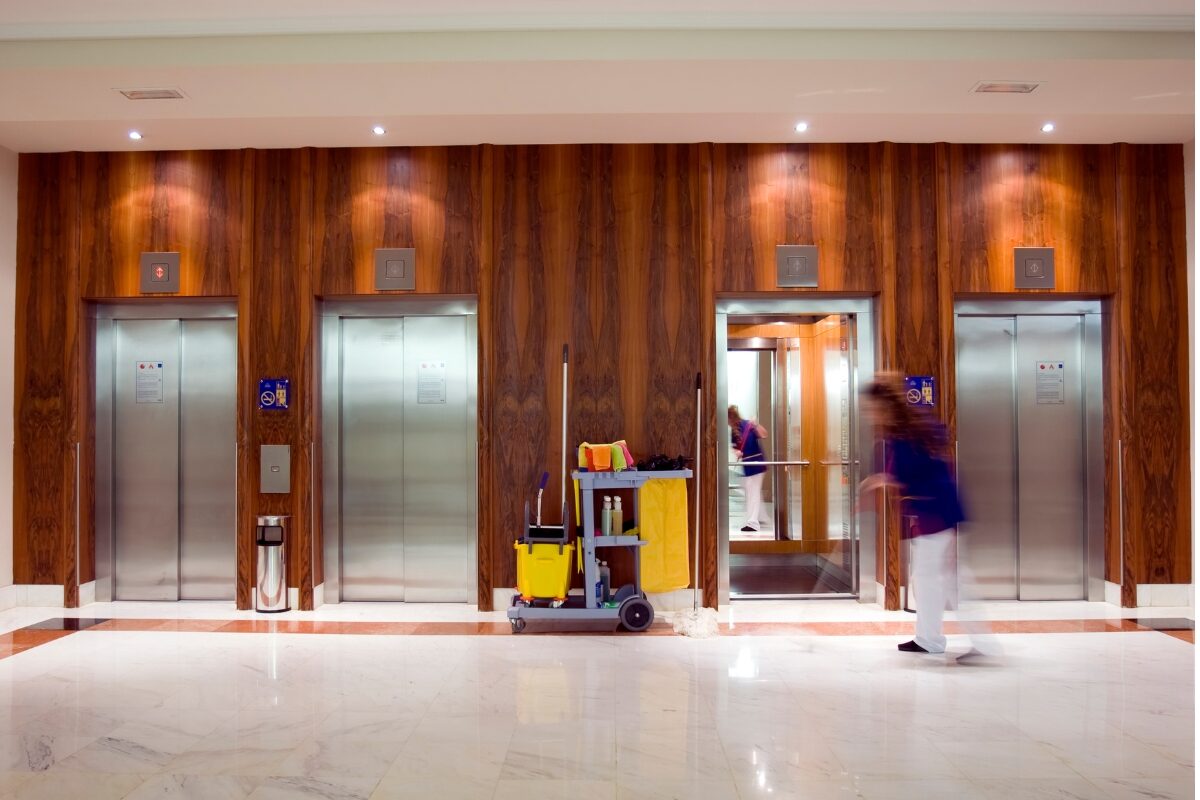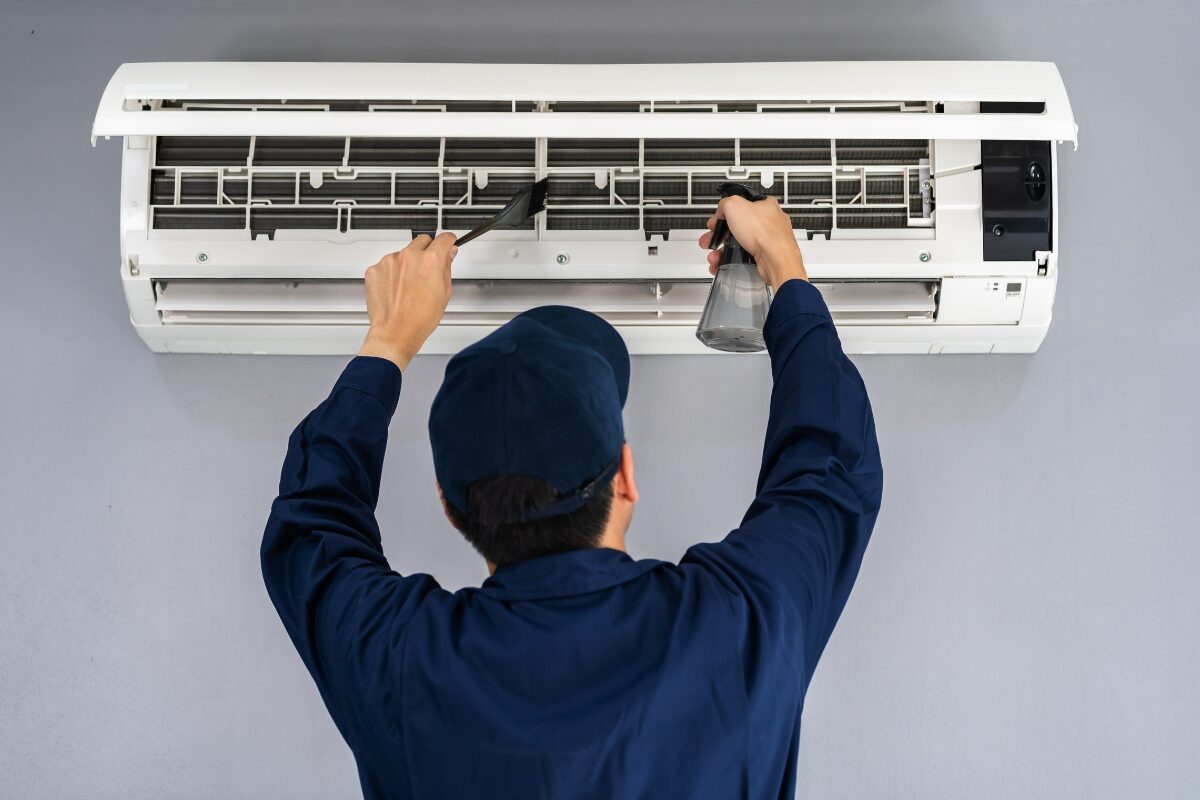Property damage happens even to the most robust of buildings. From natural wear and tear over time to severe weather damage to deliberate vandalism, someone has to step up to fix the problem. But who?
When landlord and tenant refuse to take ownership of the property damage, disputes arise. Most disputes can easily be avoided or settled. However, in extreme cases, the NSW Civil and Administrative Tribunal (NCAT) has to be involved before the dispute is resolved.
To avoid unnecessary disputes (and the resulting headaches and stress), it is crucial for landlords and tenants to understand what the different types of property damage are and who is responsible for what type of damage to ensure that all repairs are done quickly. We break it down for you below.
‘Accidental Damage’ vs. ‘Deliberate Damage’
Many experts recommend that property owners protect their property with home insurance or property damage liability insurance. Property damage liability coverage usually includes accidental damage, or any type of damage that is caused unintentionally or through no deliberate fault of any persons occupying the property, including tenants, guests, or visitors.
These include damage to parts of the structure, or to items in the home. If a functioning appliance or item stops working suddenly, this is also considered as accidental damage and is usually covered by home insurance.
However, any type of damage caused by pets is not classified as accidental and is therefore not covered by insurance.
When is a Tenant Liable for Damage?
Tenants are responsible for their own actions, their guests, and anyone else who visits them at the property. Each property may have their own specific definitions, and these terms and conditions will be mentioned in the lease agreement.
If anyone acts negligently or irresponsibly and causes some form of property damage. the tenant will be liable and will need to pay for any repairs. These are classified as either ‘Vandalism/Malicious Damage’ or ‘Deliberate Damage’.
Vandalism/Malicious Damage
This is any acts of vandalism or intentional damage that are done out of spite or malicious intent to the property.
Deliberate Damage
Actions that not done maliciously but are likely to result in damage to the property are considered deliberate damage. This includes doing something without the landlord’s permission or knowledge that ends up in property damage.
Examples of both Vandalism/Malicious Damage and Deliberate Damage include:
- Pet urine or faeces that leave stains or lingering odours in the house
- Rips or damage to window treatments caused by pets
- Stains, burn marks (e.g. candles, cigarettes, irons), or tears in rugs/carpeting
- Easily visible scratches on hardwood floors caused by pets or dragging of furniture and other such acts
- Cuts/scratches and burn marks on kitchen counters
- Broken window panes caused by irresponsible actions e.g. throwing a ball in the house
- Water damage caused by negligence
- Damage to the paint from using some form of adhesive on the wall
- Holes in the walls left by tenants’ installation of things such as hooks, shelves, or nails
- Poorly finished paint jobs (unless previously approved by the landlord)
How about ‘Wear And Tear’ Damage?
With age and everyday use, wear and tear damage is inevitable. Any property damage related to naturally occurring wear and tear must be undertaken and paid for by the landlord and is not covered by insurance.
Here are some examples of wear and tear damage:
- Scuff marks on a wooden floor
- Chipped/cracked/faded wall paint
- Fraying and natural discolouration of curtains and tie-up cords
- Worn upholstery
- Wear and tear of kitchen countertops
- Loose hinges on doors, cabinet doors, and handles
- Cracks in the wall (unless caused by deliberate impact such as installing wall fixtures)
- Broken or leaking plumbing fixtures and any subsequent water damage
- Roof leaks and any subsequent water damage
- Discolouration of paint around switchboards and baseboards
- Worn sliding tracks of doors and windows
- Irreparable damage to carpeting caused by furniture indentations and high foot traffic
- Appliances breaking down
As the daily occupants of the property, some tenants may get wear and tear damage mixed up with deliberate damage. A tear in the carpet, for example, could have been from high-traffic use of the hallway instead of a tear created by dragging a heavy shelf along the hall.
These disputes are when photos taken during house inspections come into handy. Ensure that landlords and tenants alike have a copy of all inspection reports, including photos, so that all parties clearly understand the state of the property before, during, and after the tenancy.
It’s Time For Repairs: Who Pays?
A tenant should NEVER carry out repairs without the consent of the landlord. In the case of urgent repairs, they must inform their landlord as soon as possible.
If the landlord cannot do the repairs in time, there needs to be a written agreement that any repairs that the tenant ends up with will be reimbursed usually up to an agreed amount). The tenant must also include a detailed report of the damage and subsequent repairs to be done.
The landlord is not required to pay or reimburse the tenant for repairs if the property damage was caused by the tenant.
Provided that the damage was accidental or occurred naturally due to wear and tear, the landlord will arrange and pay for a licensed tradesperson to come in and do the work.
I have never advised the destruction of life, but of property, yes.
Emmeline Pankhurst
Unlike Ms. Pankhurst, we at Star PM do not recommend destruction of any sort, property included. The hassle of organising repairs, dealing with your landlord/tenant, the inconvenience of waiting for repairs to finish, the whole process adds unnecessary stress and drama to your already busy life.
To reduce the amount of wear and tear damage in your property, we recommend regular and professional property cleaning. We also provide handyman services to do any repair work, big or small, required on your property to make maintaining your property a smooth, stress-free experience.
Contact us for a free quote, and experience the difference with Star PM.

